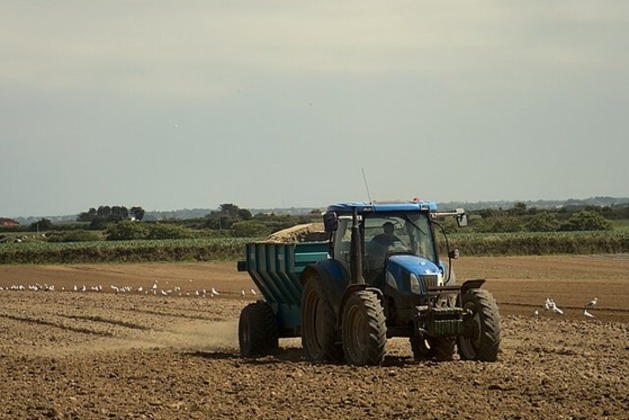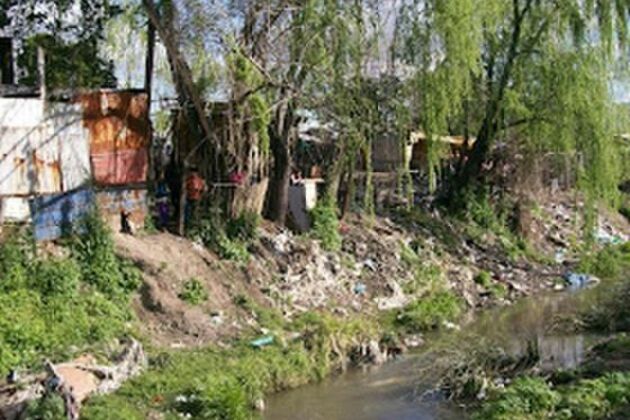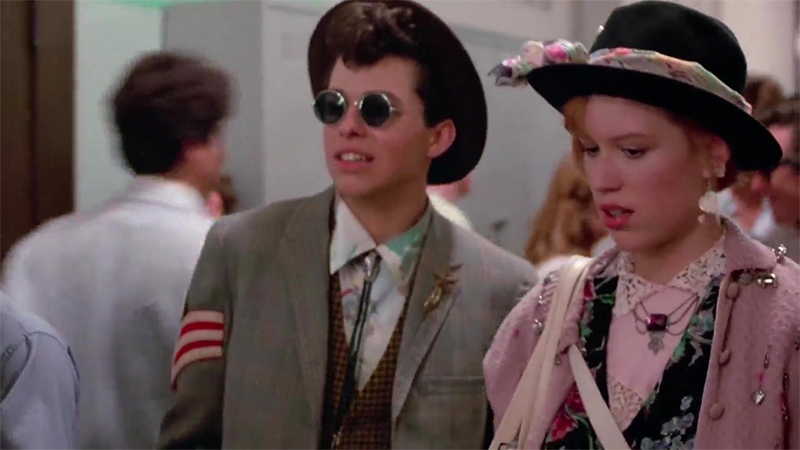How many ice ages has the Earth had, and could humans live through one?
The Conversation
27 Jun 2022, 19:11 GMT+10

Curious Kids is a series for children of all ages. If you have a question you'd like an expert to answer, send it to [email protected].
First, what is an ice age? It's when the Earth has cold temperatures for a long time - millions to tens of millions of years - that lead to ice sheets and glaciers covering large areas of its surface.
We know that the Earth has had at least five major ice ages. The first one happened about 2 billion years ago and lasted about 300 million years. The most recent one started about 2.6 million years ago, and in fact, we are still technically in it.
So why isn't the Earth covered in ice right now? It's because we are in a period known as an "interglacial." In an ice age, temperatures will fluctuate between colder and warmer levels. Ice sheets and glaciers melt during warmer phases, which are called interglacials, and expand during colder phases, which are called glacials.
Right now we are in the most recent ice age's warm interglacial period, which began about 11,000 years ago.
What was it like during the ice age?
When most people talk about the "ice age," they are usually referring to the last glacial period, which began about 115,000 years ago and ended about 11,000 years ago with the start of the current interglacial period.
During that time, the planet was much cooler than it is now. At its peak, when ice sheets covered most of North America, the average global temperature was about 46 degrees Fahrenheit (8 degrees Celsius). That's 11 degrees F (6 degrees C) cooler than the global annual average today.
That difference might not sound like a lot, but it resulted in most of North America and Eurasia being covered in ice sheets. Earth was also much drier, and sea level was much lower, since most of the Earth's water was trapped in the ice sheets. Steppes, or dry grassy plains, were common. So were savannas, or warmer grassy plains, and deserts.
Many animals present during the ice age would be familiar to you, including brown bears, caribou and wolves. But there were also megafauna that went extinct at the end of the ice age, like mammoths, mastodons, saber-toothed cats and giant ground sloths.
There are different ideas about why these animals went extinct. One is that humans hunted them into extinction when they came in contact with the megafauna.
Wait, there were humans during the ice age?!
Yes, people just like us lived through the ice age. Since our species, Homo sapiens, emerged about 300,000 years ago in Africa, we have spread around the world.
During the ice age, some populations remained in Africa and did not experience the full effects of the cold. Others moved into other parts of the world, including the cold, glacial environments of Europe.
And they weren't alone. At the beginning of the ice age, there were other species of hominins - a group that includes our immediate ancestors and our closest relatives - throughout Eurasia, like the Neanderthals in Europe and the mysterious Denisovans in Asia. Both of these groups seem to have gone extinct before the end of the ice age.
There are lots of ideas about how our species survived the ice age when our hominin cousins did not. Some think that it has to do with how adaptable we are, and how we used our social and communication skills and tools. And it appears that humans didn't hunker down during the ice age. Instead they moved into new areas.
For a long time it was thought that humans did not enter North America until after the ice sheets started to melt. But fossilized footprints found at White Sands National Park in New Mexico show that humans have been in North America since at least 23,000 years ago - close to the peak of the last ice age.
Hello, curious kids! Do you have a question you'd like an expert to answer? Ask an adult to send your question to [email protected]. Please tell us your name, age and the city where you live.
And since curiosity has no age limit - adults, let us know what you're wondering, too. We won't be able to answer every question, but we will do our best.
Author: Denise Su - Associate Professor, Arizona State University 
 Share
Share
 Tweet
Tweet
 Share
Share
 Flip
Flip
 Email
Email
Watch latest videos
Subscribe and Follow
Get a daily dose of Caribbean Herald news through our daily email, its complimentary and keeps you fully up to date with world and business news as well.
News RELEASES
Publish news of your business, community or sports group, personnel appointments, major event and more by submitting a news release to Caribbean Herald.
More InformationBusiness
SectionVolvo cuts 3,000 jobs amid trade tensions and economic uncertainty
FRANKFURT, Germany: Volvo Cars, based in Sweden, is cutting 3,000 jobs to reduce costs as the automobile industry struggles with trade...
Amid losses, Nissan bets on e-Power hybrid to revive US sales
YOKOSUKA, Japan: Facing mounting losses and global restructuring, Japan's Nissan Motor Corp. is turning to its unique e-Power hybrid...
Wall Street ends volatile day higher
NEW YORK, New York - U.S. stock markets see-sawed Thursday as the judicial system became a key player in Donald Trump's trade wars....
French farmers jam Paris roads in push for eased regulations
PARIS, France: French farmers brought traffic to a crawl around Paris and gathered outside the National Assembly on May 26, using their...
Amid trade tensions, France, Vietnam ink deals worth $10 billion
HANOI, Vietnam: Amid shifting global trade dynamics and growing concerns over U.S. tariffs, France and Vietnam have signed more than...
Wall Street has relapse Wednesday, after Tuesday's heady gains
NEW YORK, New York - U.S. stocks were weaker Wednesday, following Tuesday's heady gains when the Dow Jones jumped 741 points. Bond...
Latin America
SectionArgentinian church leader raps Milei at national religious ceremony
BUENOS AIRES, Argentina: The Archbishop of Buenos Aires, Jorge García Cuerva, used a major religious event over the weekend to criticize...
China’s GAC launches in Brazil as EV demand accelerates
SAO PAULO, Brazil: Amid a surge in electric vehicle (EV) adoption and growing competition in Brazil, Chinese automaker GAC has officially...
Decoding China's new "giant eye" -- telescope JUST
by Yi Ling and Li Linhai XINING, May 30 (Xinhua) -- China's astronomical research is poised for a transformative leap with the construction...
Indian Junior Women's Hockey Team loses to Chile in shootout after 2-2 draw in the Four Nations Tournament
New Delhi [India], May 30 (ANI): The Indian Junior Women's Hockey Team suffered a 1-3 defeat in a shootout against Chile after a 2-2...
Feature: Beijing Guoan's Dutch coach embraces Chinese football culture
If people feel there is a future in football, more players will be motivated to have a good career. It's my goal to help China reach...
"Disappointed in the reaction of Colombia," All-Party Delegation Leader Tharoor says
Bogota [Colombia], May 30 (ANI): All-Party Delegation Leader and Congress MP Shashi Tharoor said that he was disappointed with the...












